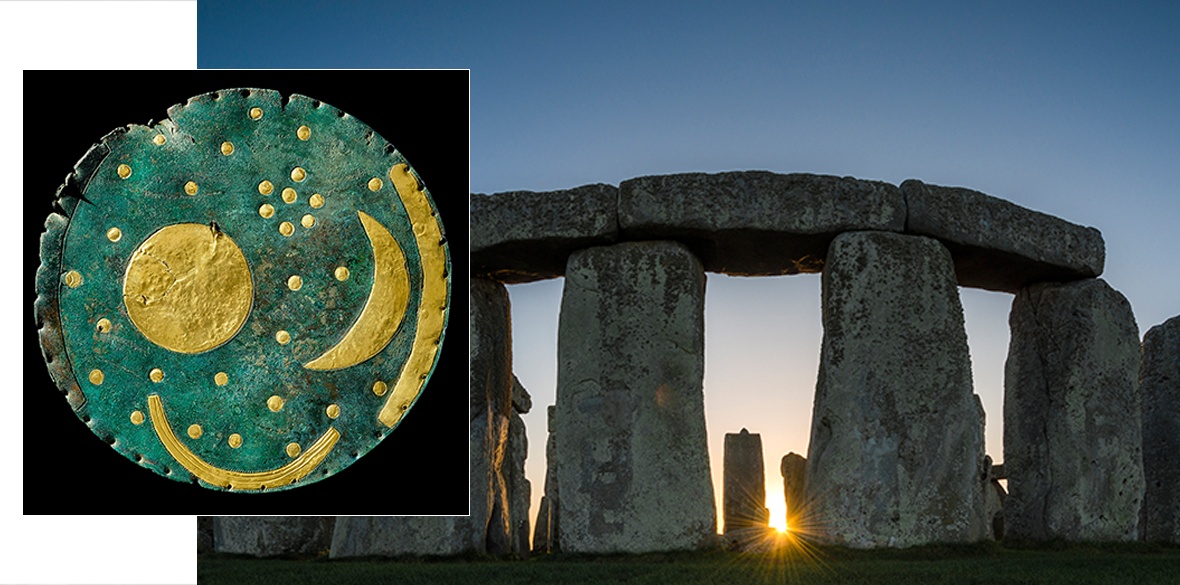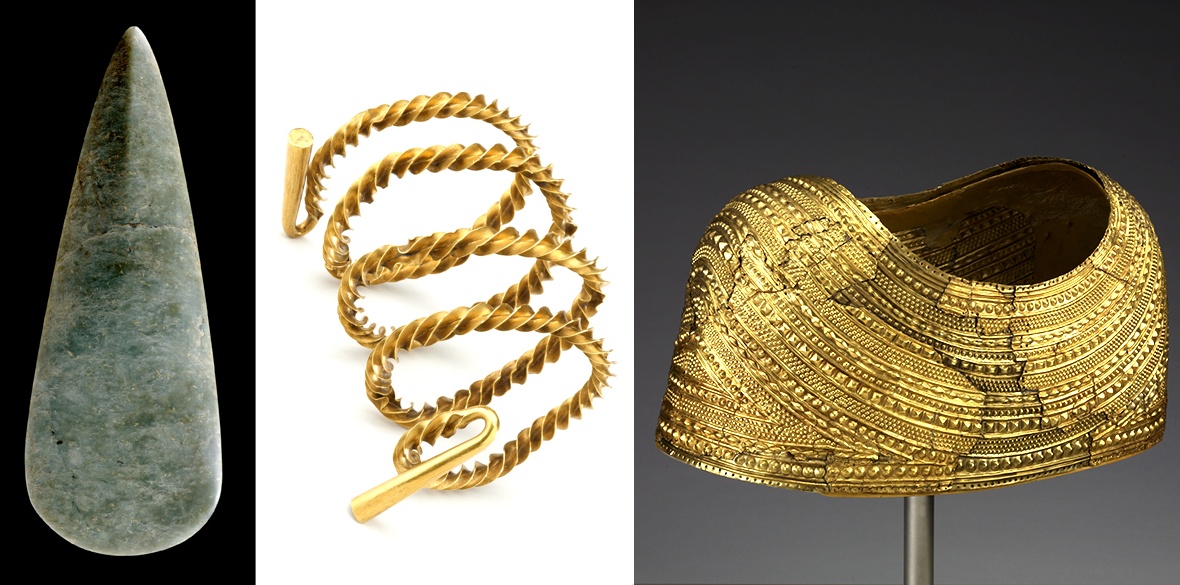This is the last article you can read this month
You can read more article this month
You can read more articles this month
Sorry your limit is up for this month
Reset on:
Please help support the Morning Star by subscribing here
The World of Stonehenge
British Museum
IT’S astonishing – and rather eye-opening – that this is the first major exhibition on what is perhaps Britain’s most important cultural asset.
But better late than never, and although it’s taken 4,500 years to get to this point, it’s certainly satisfying to see a full-scale appreciation of one of the great wonders of the world.
Don’t expect an exclusive focus on Salisbury Plain, however. As the name of the exhibition implies, this collection is as much about the life and times that helped shape Stonehenge as it is about the intricacies of how it was laid out or what its purpose was.
In fact, one of the key focuses of curator Neil Wilkin has been to look at what was going on elsewhere in Europe as Stonehenge was being built, examining how ideas from the continent might have shaped the beliefs and interests of those who brought it into being.
What this leads to is a significant number of the 430 exhibits originating from outside the British Isles – from axe heads and gold ornaments to the strikingly beautiful Nebra Sky Disc from Germany.
The preponderance of foreign bodies is used to suggest that cultural cross-fertilisation across an inter-connected continent had more of an influence on the development of Stonehenge than we might have thought.
While it’s tempting to wonder if this line of argument has anything to do with the long established intellectual habit of viewing British culture through a continental lens, it’s fair to say that the exhibition just about stays the right side of that line.
Of course it’s useful to know that prehistoric peoples were more mobile, less insular and further travelled than one might assume. But more interesting aspects of the exhibition lie elsewhere, in particular when it gets down to the nitty gritty of how and why Stonehenge was built in the first place.
Specially animated videos do this well, revealing that it probably took only 45 days for the circle’s bluestones to be transported more than 150 miles from the Preseli Hills in Wales, and that an unbroken trackway was built to run sarsen stones from 15 miles away.
There are also wonderful real-life examples of rock art, laid against photographic backdrops of the landscape they would have been found in, and the star of the exhibition is the 4,000-year-old timber circle Seahenge, sent out on loan for the first time from its home at the Lynn Museum in Norfolk.
Perhaps the most affecting aspect of the set-up, however, is a recorded background track of birdsong, buzzing insects, the crackling of fire, wood being cut and stone being chipped – evocative sound fragments from a remote age which, as much as the ancient objects on display, create that strange feeling of a distant past with which we are so loosely connected and yet so subliminally familiar.
Runs until July 17: https://www.britishmuseum.org/exhibitions/world-stonehenge













